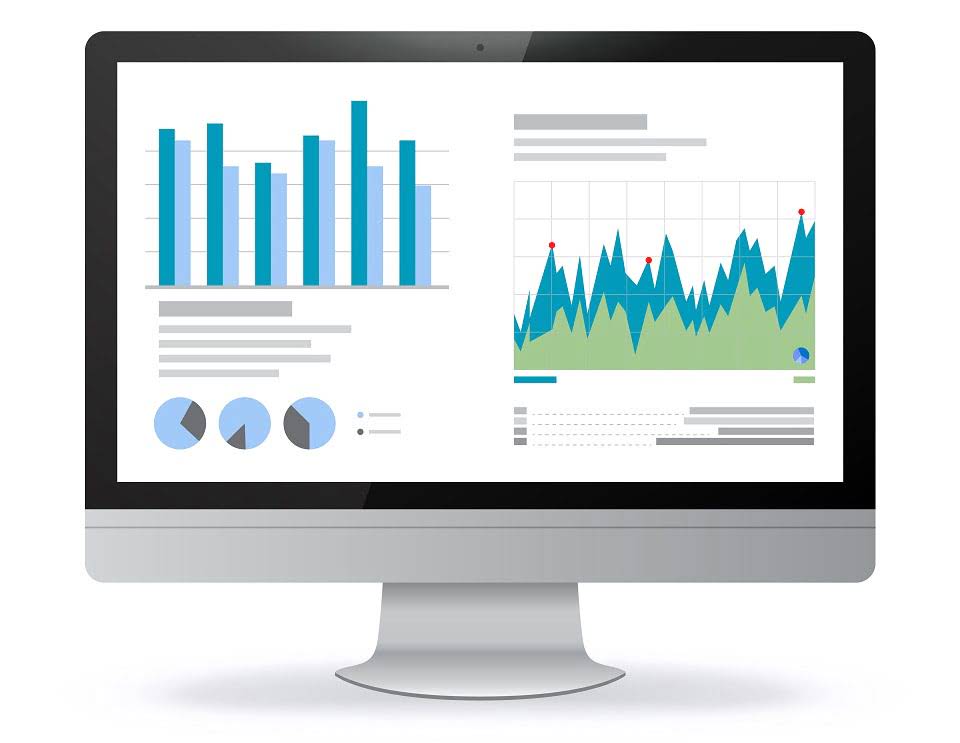Understanding the General Ledger Reconciliation Process

Empower your finance team to effortlessly reconcile accounts, reduce discrepancies, and close books faster. Minimize manual intervention and boost operational efficiency with real-time visibility and seamless accuracy. Periodically you need to reconcile the transactions in your accounts receivable system, both before and after you post to general ledger. The Receivables to General Ledger Reconciliation extract and report help to simplify this process and to reduce manual reconciling Food Truck Accounting activity. You’ll have real-time access to dashboards and detailed reports, giving you a clear view of the reconciliation process. This enhanced transparency helps you make better, faster financial decisions.
- Thisallows employees from different business units to balance their respectiveorganization activity.
- Regular reconciliation shows that your business is serious about maintaining honest and accurate financial records, which is key for audits and inspections.
- But when you regularly check (or reconcile) your GL, you make sure everything adds up correctly, which helps you avoid mistakes.
- It provides a clear trail of the steps taken and the adjustments made, ensuring transparency and accountability in your financial reporting.
- Download our data sheet to learn how you can manage complex vendor and customer rebates and commission reporting at scale.
- To mitigate this confusion, teams should add a human in the loop for workflows like automated bank matching to manually review outputs for duplicate entries.
Why Should Companies Consider Automating Their General Ledger Reconciliation Process?

When you perform a general ledger reconciliation, you’re making sure that the transactions recorded in each of these categories are correct. A general ledger keeps a record of every financial transaction your business makes. Accounting discrepancies in the general ledger can stem from various factors, affecting the accuracy of financial reports if overlooked. In the intricate world of finance, accuracy is paramount, especially in the domain of general ledger reconciliation. A misstep in this critical process can lead to financial chaos, undermining the very foundation of an organization.
- You can see incoming and outgoing cash and have the clarity to make informed business decisions to optimise cash flow.
- Schedule a demo to see how HubiFi can transform your reconciliation workflow.
- This standardization also makes it easier to onboard new team members and maintain accuracy across your entire finance team.
- By regularly performing these reconciliations, businesses can ensure that their financial data remains reliable, audit-ready, and aligned with overall business goals.
- General ledger reconciliations tools, like SolveXia, do the intricate work for you!
Missing Documentation
The reconciliation process is a common activity just prior to the arrival of the auditors for the annual audit, to ensure that the accounting records are in pristine condition. In today’s complex regulatory landscape, maintaining accurate financial records is non-negotiable. General ledger reconciliation helps ensure your business adheres to accounting standards and regulations. By demonstrating a consistent and thorough reconciliation process, payroll you can confidently face audits and maintain compliance, avoiding potential penalties and legal issues.

Executing Bank Reconciliations
Regular reconciliation supports an organization’s financial well-being, ensures compliance and promotes future growth. Depending on the size and scale of the organization or the complexity of the account, businesses typically reconcile the general ledger on a general ledger reconciliation monthly, quarterly or annual basis. Download our data sheet to learn how to automate your reconciliations for increased accuracy, speed and control. Reconciling accounts provides a clear understanding of how the business uses its money.
Monthly Reconciliation of General Ledger Accounts

Thus, for the general ledger to balance, both debit and credit have to be equal. Aria Cash Solutions is a trusted provider of cash management solutions, offering a range of automation technologies designed to help businesses minimize costs and increase efficiency in cash handling. In addition to the information from your POS and PMS, reconciliation involves data from outside entities, including banks, vendors, and customers. Performing GL reconciliations regularly (monthly, quarterly, or annually) helps you catch errors before they get out of hand. Even minor errors can accumulate and contribute to a material misstatement if you fail to address them before the year is out. Today, most GL systems are computerized, so you won’t see your entries laid out in a T-account like this.
How do you reconcile the general ledger and a subledger?
- A well-trained team contributes directly to a smoother, more accurate reconciliation process.
- The frequency of GL reconciliation is crucial for maintaining accurate financial records.
- Many businesses have to follow certain financial guidelines to stay compliant with laws.
- Automating the general ledger reconciliation process offers numerous advantages that can significantly enhance your organization’s financial accuracy, efficiency, and overall decision-making capabilities.
- These reconciliations are crucial for managing cash flow and maintaining strong vendor relationships.
- Performing regular general ledger reconciliations helps ensure transactions were coded to the proper accounts.
Duplicate entries often result from poor coordination among team members or automated systems. To mitigate this confusion, teams should add a human in the loop for workflows like automated bank matching to manually review outputs for duplicate entries. Then over time as the company matures, they should aim to increase the percentage of accounts reconciled to ensure full confidence across the general ledger. In an era where financial missteps can have far-reaching consequences, mastering the art and science of general ledger reconciliation is not just advisable—it’s imperative. It’s the key to unlocking financial clarity, maintaining stakeholder trust, and positioning your organization for sustainable success in an increasingly complex business landscape.
Regular Reviews
When your team is running through thousands of transactions and handling all that they do, mistakes are likely to happen. They may record a transaction as a debit rather than a credit (or vice versa), or simply transpose a set of numbers. This way, you can stress less about comparing balances as the system will execute transaction matching and generate reports. But for others, such as expense accounts, there’s no external report you can run to show you what the ending balance should be. Business-specific reconciliation compares internal records at the beginning and end of each financial cycle. Customer reconciliation checks invoices sent to accounts receivable ledgers with the amount that customers pay.